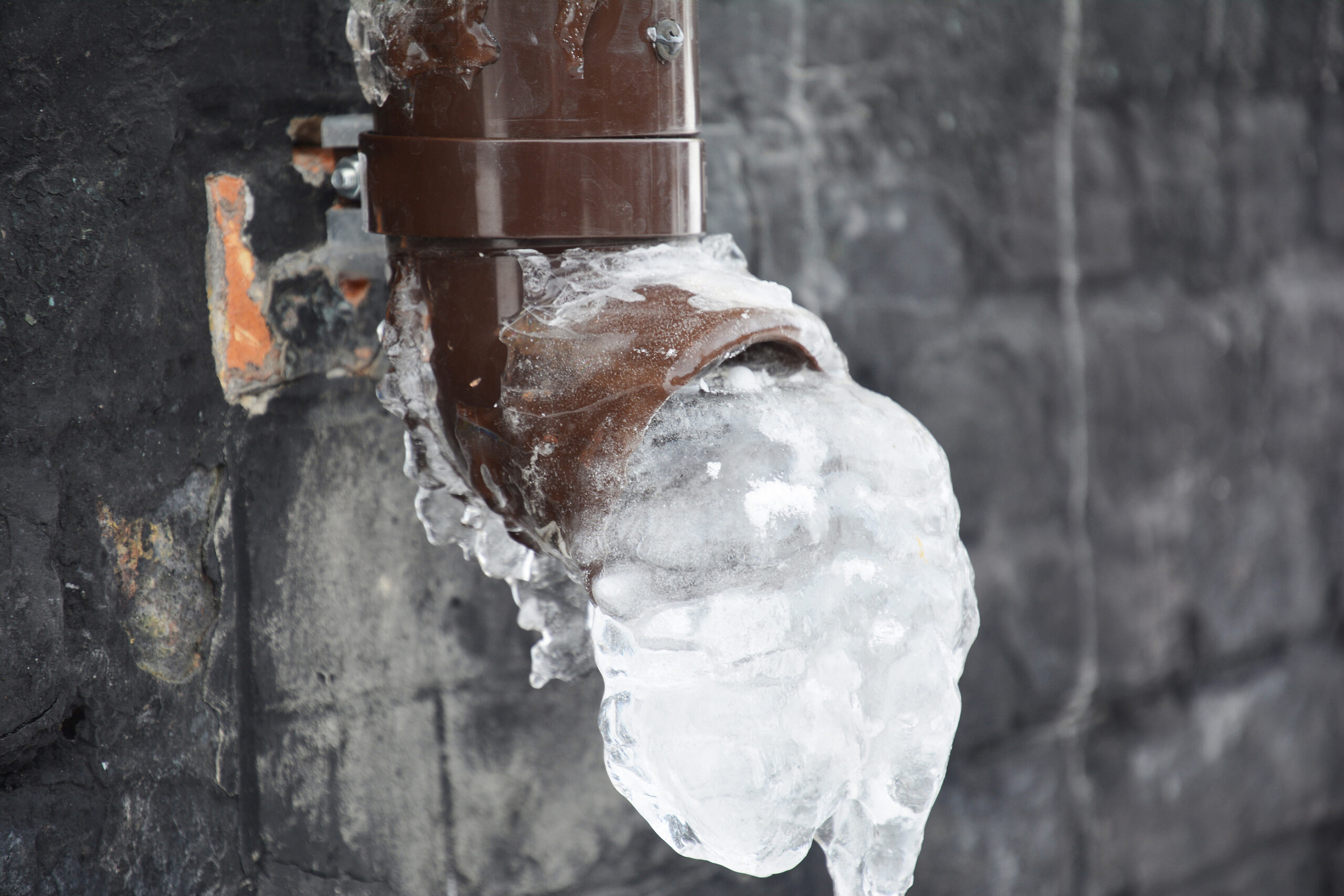The article which follows pertaining to Helpful Tips to Prevent Frozen Pipes this Winter is exceedingly entertaining. Don't miss out on it.

Cold weather can ruin your plumbing, particularly by freezing pipelines. Here's exactly how to stop it from taking place and what to do if it does.
Introduction
As temperatures drop, the risk of frozen pipes increases, potentially resulting in costly repair work and water damage. Understanding how to prevent frozen pipes is essential for house owners in cool climates.
Prevention Tips
Protecting vulnerable pipelines
Cover pipes in insulation sleeves or make use of warmth tape to protect them from freezing temperature levels. Concentrate on pipes in unheated or outside locations of the home.
Heating techniques
Maintain interior spaces effectively warmed, specifically areas with pipes. Open cupboard doors to enable warm air to distribute around pipelines under sinks.
Exactly how to recognize frozen pipes
Try to find lowered water flow from faucets, unusual smells or sounds from pipelines, and noticeable frost on exposed pipes.
Long-Term Solutions
Structural modifications
Take into consideration rerouting pipelines far from outside wall surfaces or unheated locations. Include additional insulation to attics, basements, and crawl spaces.
Upgrading insulation
Invest in premium insulation for pipes, attics, and walls. Proper insulation aids keep constant temperatures and decreases the danger of frozen pipes.
Shielding Exterior Plumbing
Yard hoses and outdoor faucets
Separate and drain pipes garden tubes before wintertime. Install frost-proof faucets or cover outside taps with insulated caps.
Comprehending Icy Pipes
What triggers pipelines to ice up?
Pipes ice up when subjected to temperature levels below 32 ° F (0 ° C) for expanded periods. As water inside the pipes freezes, it expands, taxing the pipeline walls and potentially triggering them to break.
Threats and problems
Frozen pipes can bring about water system disturbances, residential property damages, and pricey repair work. Ruptured pipelines can flood homes and trigger substantial structural damages.
Indicators of Frozen Piping
Determining frozen pipes early can prevent them from breaking.
What to Do If Your Pipes Freeze
Immediate actions to take
If you believe frozen pipelines, maintain taps available to relieve pressure as the ice melts. Utilize a hairdryer or towels soaked in hot water to thaw pipes gradually.
Conclusion
Protecting against frozen pipelines requires positive actions and fast responses. By understanding the reasons, signs, and preventive measures, house owners can secure their plumbing during cold weather.
5 Ways to Prevent Frozen Pipes
Drain Outdoor Faucets and Disconnect Hoses
First, close the shut-off valve that controls the flow of water in the pipe to your outdoor faucet. Then, head outside to disconnect and drain your hose and open the outdoor faucet to allow the water to completely drain out of the line. Turn off the faucet when done. Finally, head back to the shut-off valve and drain the remaining water inside the pipe into a bucket or container. Additionally, if you have a home irrigation system, you should consider hiring an expert to clear the system of water each year.
Insulate Pipes
One of the best and most cost-effective methods for preventing frozen water pipes is to wrap your pipes with insulation. This is especially important for areas in your home that aren’t exposed to heat, such as an attic. We suggest using foam sleeves, which can typically be found at your local hardware store.
Keep Heat Running at 65
Your pipes are located inside your walls, and the temperature there is much colder than the rest of the house. To prevent your pipes from freezing, The Insurance Information Institute suggests that you keep your home heated to at least 65 degrees, even when traveling. You may want to invest in smart devices that can keep an eye on the temperature in your home while you’re away.
Leave Water Dripping
Moving water — even a small trickle — can prevent ice from forming inside your pipes. When freezing temps are imminent, start a drip of water from all faucets that serve exposed pipes. Leaving a few faucets running will also help relieve pressure inside the pipes and help prevent a rupture if the water inside freezes.
Open Cupboard Doors
Warm your kitchen and bathroom pipes by opening cupboards and vanities. You should also leave your interior doors ajar to help warm air circulate evenly throughout your home.

We are very involved in Prevent Frozen Pipes and I'm hoping you appreciated the entire blog posting. Do you know about another individual who is truly interested in the subject? Be sure promote it. Thanks for taking the time to read it.
Click For More Information